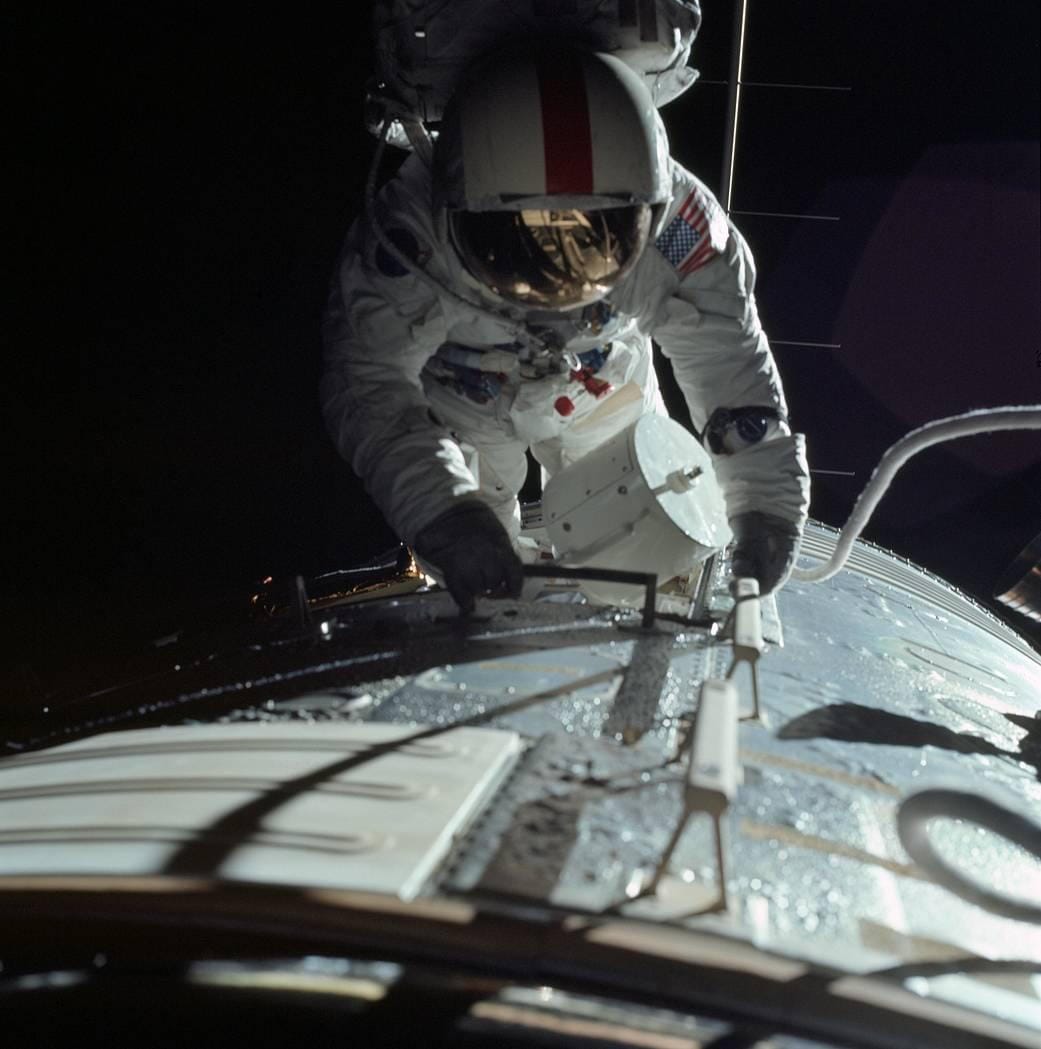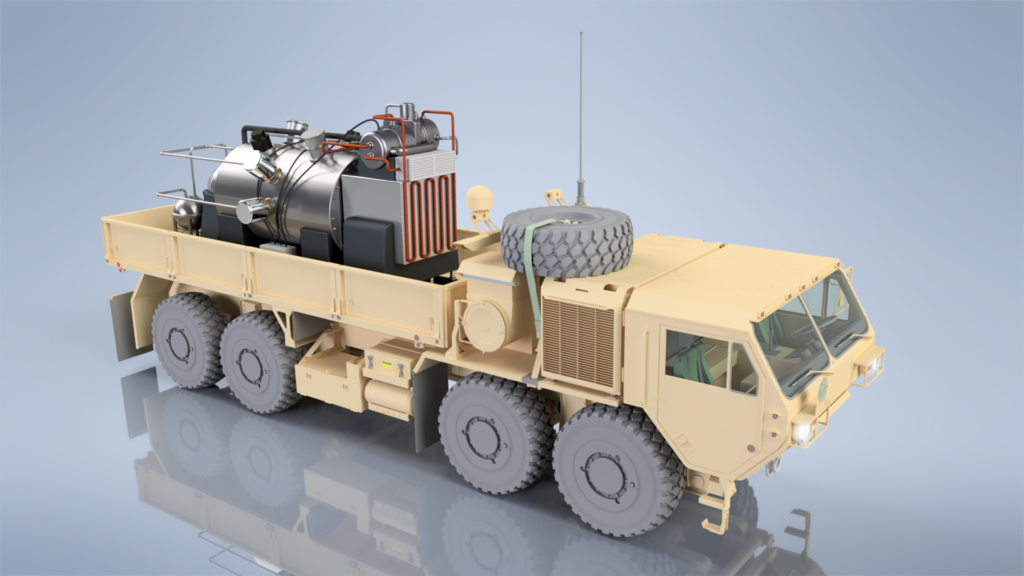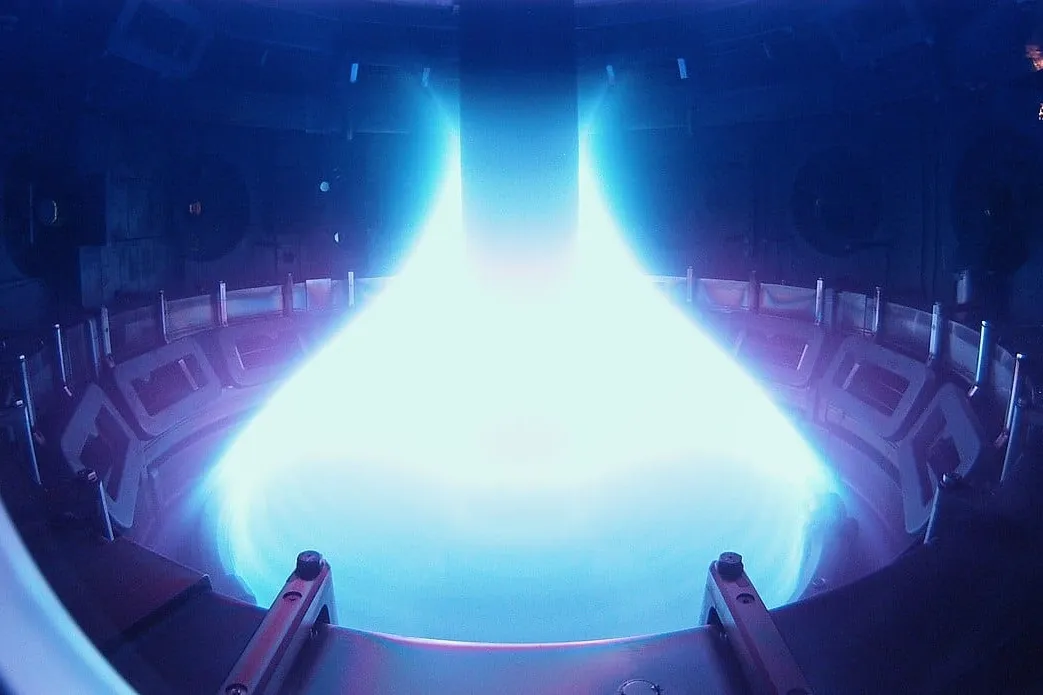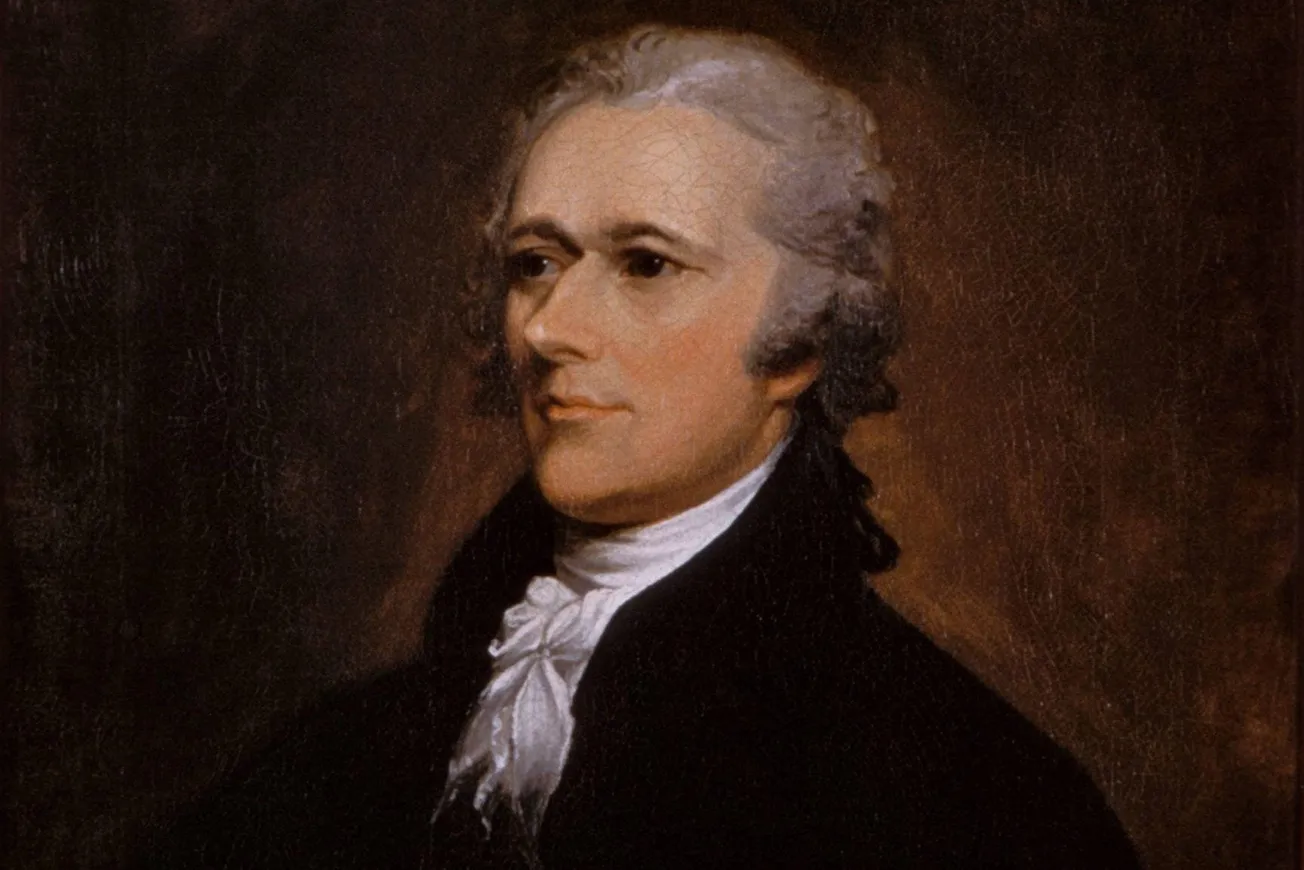By Ned Rosinsky
This article is intended as a primer for the layman in fusion power.
PART I: METRICS AND VARIETIES OF FUSION ENERGY
Introduction
A stunning advance in fusion research has repeatedly occurred at Lawrence Livermore National Laboratory (LLNL) for the past 19 months: the production of more energy from a fusion reaction than was put into the reaction. LLNL is the only place in the world that has accomplished this feat. This occurred on 5 occasions from 12/5/2022 to 2/12/2024. Initially 2.05 megajoules of energy were put into the fuel, and 3.15 megajoules were produced by the fusion reaction. Most recently 2.2 megajoules were put in and 5.2 megajoules were produced. One megajoule is the amount of energy that would be used to lift 100 tons approximately 3 feet above the surface of the Earth. The reaction occurred in a pellet of fusion fuel, irradiated with 192 lasers to heat and compress it to burn conditions. For the several billionths of a second that the pellet was irradiated, the energy flow into the pellet was equivalent to that of the entire energy grid of the United States.
At a press conference held at the U.S. Department of Energy on 12/13/2022, one week after the initial fusion success, DOE Secretary Jennifer Granholm called the fusion outcome “One of the most impressive scientific feats of the 21st Century, on a par with the Wright Brothers’ first flight at Kitty Hawk.” Kim Budil, Director of the LLNL, said at the press conference:[[1]]
I think it’s [fusion] moving into the foreground and, probably with concerted effort and investment, a few decades of research on the underlying technologies could put us in a position to build a power plant).
At a follow-up interview with Reid Hoffman on “60 Minutes Possible Podcast” on 7/25/23, Budil stated:[[2]]
If the country decided to invest $50 billion over 10 years, then maybe we’d have fusion power on the grid in 20 years.
It is noted that LLNL got $2.7 billion in total annual Federal funding in 2023 for all departments, mostly for strategic weapons lab testing and monitoring. The LLNL fusion program got $16 million in Federal funding in 2023, so this program is severely underfunded.
However, apparently due to the LLNL success and other advancements, private investment into fusion research has surged in the past two years. Such investment has been $4.6 billion worldwide, resulting in a total public-private investment of $6.2 billion. The total number of fusion companies increased from 33 in 2022 to 43 in 2023. Most fusion companies are in the United States. Commonwealth Fusion Systems, General Fusion, TAE Technologies, and Tokamak Energy are four companies that account for 85% of the total investment.
Although private company fusion research is growing explosively, most of the population lacks a basic understanding of what fusion energy is, or how it may be produced. This article aims to provide an overview for the layman of the basic physics involved.
Fusion Promise and Parameters
Fusion has the potential to greatly increase the availability of energy. It is safer than the currently available fission nuclear energy. There are several possible fuels for fusion, and most are readily available at a low cost. Fusion would make a virtually unlimited amount of energy available for major projects, such as lifting the standard of living in Africa by massive desalination of water to green the deserts and increase food production. The energy could be used to build and repair roads, ports, schools, hospitals, and housing. The entire cultural level of the world would be uplifted by the scientific advancements associated with fusion energy, including rapid space travel to the Moon or to a planet (Figure 1a).

The main difficulty with building fusion reactors is that the fuel must be heated to a very high temperature, in the range of 100 million degrees Kelvin (K) or more. (100 million degrees K is 180 million degrees Fahrenheit [F]). In addition, some machines require that the pressure must be elevated, and that these conditions must be sustained for a certain amount of time.
The temperature required would destroy any solid container holding the fuel. There are two main approaches to deal with this problem. The first is to put the fuel inside a small solid pellet shell, and then heat the pellet very quickly on all sides with lasers to vaporize the pellet material, causing the pellet material to explode in all directions. This causes the enclosed fuel to react by suddenly recoiling in an opposite direction from the exploding pellet, but because the pellet is set up to explode equally in all directions, the fuel is condensed into a very small space at the center of the pellet. This condensation is equivalent to decreasing a basketball to the size of a pea, but in this case the pellet starts out only 0.5 to 5 millimeters in diameter. This squeezing of the fuel, combined with the heat of the lasers, increases its density and temperature to what is needed for fusion.
This is called inertial confinement fusion. (Inertia is the tendency of matter to remain unchanged in its motion (or rest) unless a force is applied.) This is the type of fusion machine used by Lawrence Livermore in the recent breakthrough.
The second approach for producing fusion is magnetic confinement, which may be fully developed much sooner than inertial confinement. This approach uses magnetic fields to suspend the fuel, so it does not contact the walls of the reactor. As a simple example, think of two magnets suspending a piece of iron between them in midair, with the iron not touching the magnets. Most fusion machines under development around the world are using this approach. There are no high-powered lasers involved, and it is potentially easier than with inertial confinement, to produce a longer fusion burn.
Most of the current magnetic confinement machines are tokamaks, in which a cylinder that confines the fuel is curved around to form a donut shape (torus). The heated fuel travels around inside the torus, and it is held in place away from the walls by a magnetic field. Tokamaks usually heat fuels with beams of neutral particles, and usually burn fuels that produce neutrons when they react. Energetic neutrons are harmful to humans and damage the walls of the experimental fusion machines trying to contain them.
Another type of machine uses a straight cylinder to confine the fuel. It creates a magnetic field within the cylinder to contain the fuel, in what is called a field-reversed configuration (FRC). It heats the fuel with radio frequency electromagnetic radiation rather than with neutrons. These machines operate at a higher temperature than tokamaks, so they can use fuels and reactions that do not produce neutrons, and therefore they do not need heavy shields, and are lighter than Tokamaks.
A machine of this type is being developed at Princeton University: the Princeton Field-Reversed Configuration (PFRC). The Princeton machine is more efficient in heating compared to other FRC fusion machines, due to the way it uses radiation to heat the fuel (discussed below); it is therefore considered the world leader among FRC machines. A 1-megawatt machine would be small enough to be mounted on a military Heavy Expanded Mobile Tactical Truck (HEMTT), which has a capacity of ten tons (Figure 1b). Therefore, it can be moved easily to severely distressed areas of disaster or poverty.

The PFRC could also be used as a rocket engine for travel to the Moon, Mars, or other planets. Princeton Fusion Systems, the manufacturer of this machine, plans to have a working commercial rocket engine machine in 6-7 years. For these reasons, I will describe the Princeton FRC magnetic confinement fusion machine in some detail in the third and last installment of this article.
To provide the background needed for a general understanding of inertial and magnetic confinement, I will start with a summary of the basic measurement units in physics in Section 1: mass, length, and time. I will show how these three basic units can be used to produce the units of force, work and energy. I will then review electricity and magnetism using a simple device, the electromagnet.
Section 1: Mass, Length, and Time
Objects have mass, and mass is measured in two ways, either by weight or inertia. Weight is the force of gravity on the mass, and it is measured in pounds. This use of weight is suitable most of the time in our daily activities. However, in the weightlessness of space, we need another way to measure an object’s mass.
A constant measure for mass is inertia, which, as noted above, is the tendency of the motion of a mass, or its rest, to remain unchanged unless a force is applied. Even in outer space, objects retain their inertial mass. In a rocket in space, a large piece of iron may float. But to get it to move requires a force applied to the object. And once it starts moving, to stop the motion requires another force to be applied in the opposite direction.
The kilogram (kg) is the unit of mass in the International System of Units (the metric system), referred to by its French acronym SI. One kilogram of mass weighs 2.2 pounds at the surface of the Earth.
The SI measures length in meters (m), with one meter equal to approximately 39 inches, and measures time in seconds.
Although mass, length and time appear as separate and distinct, there is an underlying reality concerning these units which is far more interesting. Physicist John Archibald Wheeler famously provided a layman’s glimpse into Einstein’s General Relativity by stating “mass tells space-time how to curve, and curved space-time tells mass how to move.” These effects are extremely small in ordinary experience on Earth, but they become important when planning space expeditions which must deal with rapid travel over long distances, with large masses such as planets, and with extended time frames, such as years, for flights. As an example, when an astronaut circles the Earth, his or her wristwatch will slow, so the astronaut loses several seconds of time with each revolution.









